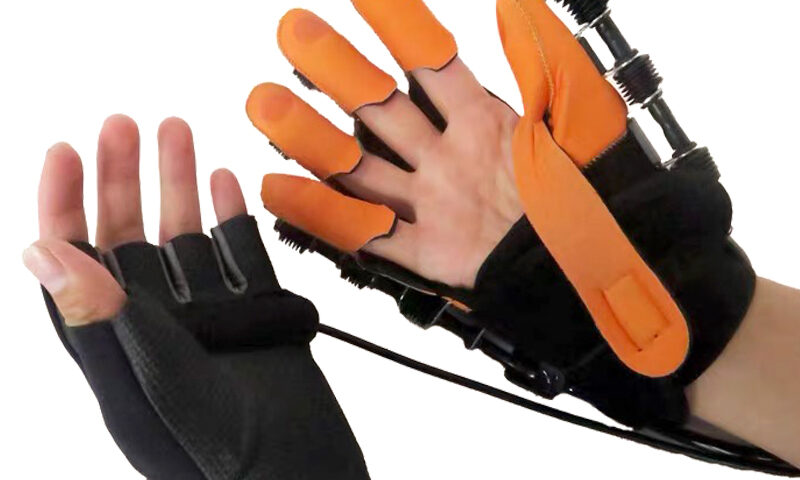
Eldercare Home Robotics
February 8, 2021
Robot-Assisted Rehabilitation
March 5, 2021Post-stroke numbness and other uncomfortable sensations in the limbs and other body parts are common after a stroke event. These after-effects can impact the quality of movements while performing daily tasks.
What Causes Post-Stroke Numbness?
A stroke occurs when blood flow in the brain becomes obstructed. When brain cells become deprived of oxygen-rich blood, they begin to die and lose their functions.
The area of the brain affected by stroke determines the secondary effects that occur. For example, if the area of the brain that regulates sensation is affected, it may result in impaired sensation like numbness. Regarding post-stroke numbness, two areas of the brain deserve a deeper look: the thalamus and occipital lobe.
The thalamus is responsible for interpreting 98% of all sensory input. In a related manner, the occipital lobe differentiates this input from the five senses, including touch. Therefore, post-stroke numbness is commonly seen after a thalamic stroke or occipital lobe stroke because these areas of the brain play a large role in sensory function.
Can Mirror Therapy Treat Post-Stroke Numbness?
Mirror therapy has been shown to help address numbness in stroke survivors. Mirror box therapy is conducted with a mirror box that obscures the patient’s affected arm. The patient will proceed to perform repetitive movements with their unaffected limb while watching their reflection in the mirror. By doing these exercises in the mirror it will give their brain the impression that they are moving their affected limb. Over time it will help rewire the brain and decrease numbness in the affected limb.
Another innovative and affordable tool that will help with post-stroke hand numbness innovative and aid in their recovery of sensation, as well as movement, is the Portable Rehabilitation Robotic Gloves: SIFREHAB-1.0 which offers induces robotics science to the traditional mirror therapy and offers a wide range of training modes with evidence-based rehabilitation techniques.

